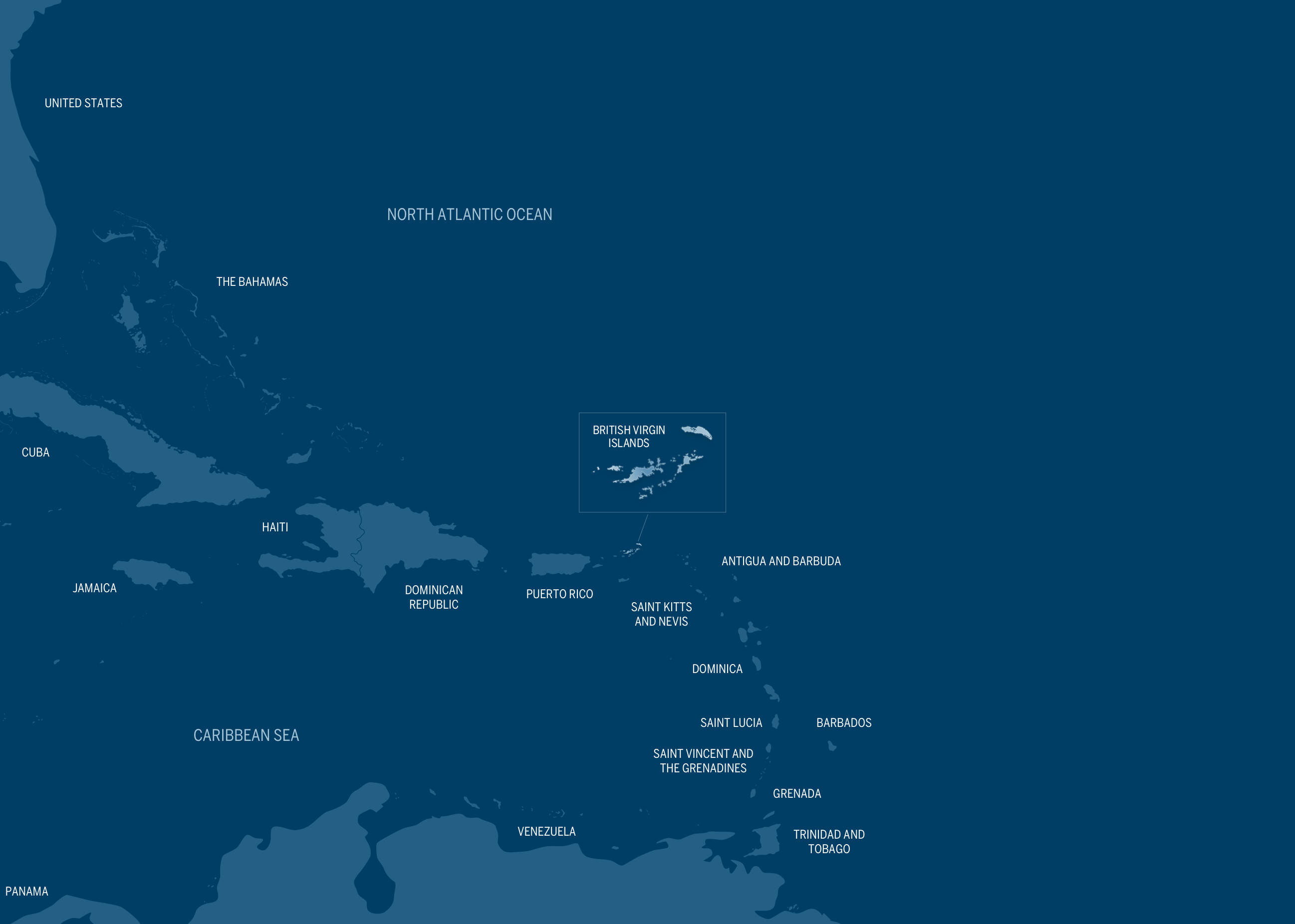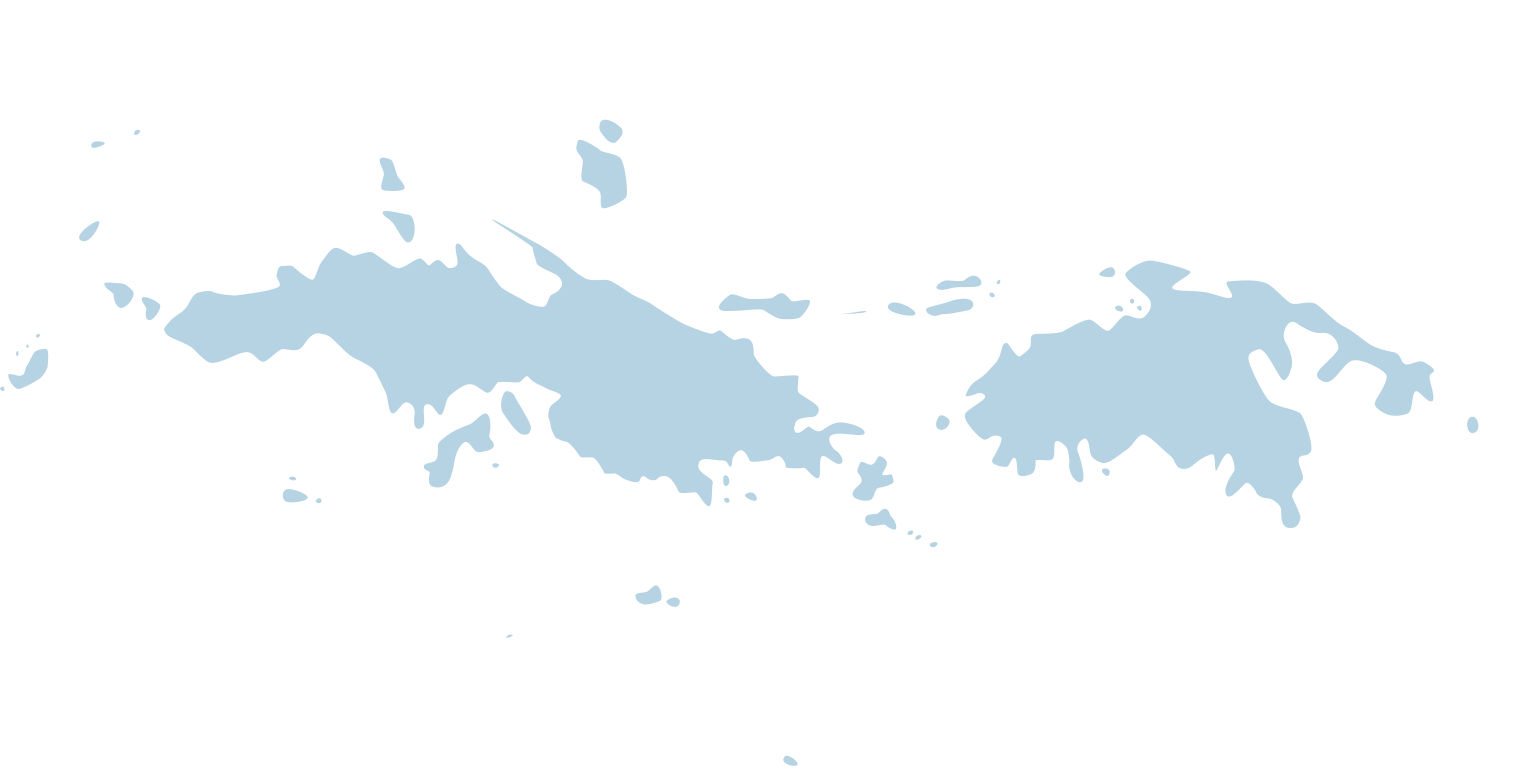British Virgin Islands
(284) 494-2069
[email protected]
National Parks Trust's Website
Established in 1999 | Area: 19.6 acres Cam Bay, on the eastern shore of Great Camanoe, is comprised of an extensive shallow reef and lagoon system. Its calm waters, colourful reef fish and pristine marine environment attract swimmers and snorkelers. Birdwatchers enjoy the salt pond, where a variety of migratory wading birds and shorebirds can be seen. Pottery shards discovered in Cam Bay also suggest the presence of a pre-Columbian settlement in the area. National Parks Trust Description: An extensive shallow reef and lagoon system dominates Cam Bay, on the eastern shore of Great Camanoe. This is a popular anchorage with sailors, due to calm waters and pristine marine environment for swimming and snorkelling. A white sand beach curves around the bay, encouraging hikersonshore to explore the salt pond that separates Cam Bay from Lee Bay and divides Great Camanoe in half. Surrounded by woodland and cactus scrub, the salt pond traps seidment from freshwater run-off, which would otherwise affect the reef growth within the bays. Birdwatchers will enjoy watching migratory wading birds and shorebirds that are attracted to this habitat, such as American coots (Fulica americana), black-necked stilts (Himantopus mexicanus), blue-winged teals (Anas discors), Caribbean coots (F. caribbea), common moorhens (Gallinula chloropus), ruddy ducks (Oxyura jamaicensis), white-cheeked pintails (A. bahamensis) and sooty terns (Sterna fuscata). Snorkellers can mingle with colourful reef fish such as the Yellowtail Snapper (Ocyrus chrysurus), Bar Jack FIsh (Caranx ruber), Schoolmaster (Lutjanus apodus), Sharpnose Puffer (Canthigaster rostrata), Slippery Dick (Halichoeres bivittatus) and Spotted Goatfish (Pseudupeneus maculatus). Green turtles (Chelonia myda) may also be spotted as they feed on the sea grass beds in the lagoon. In addition to the ecological importance of the area, there is evidence of a pre-Colimbian settlement in the ba, as pottery shards discovered in Cam Bay were carbon-dated at 800 A.D..
















